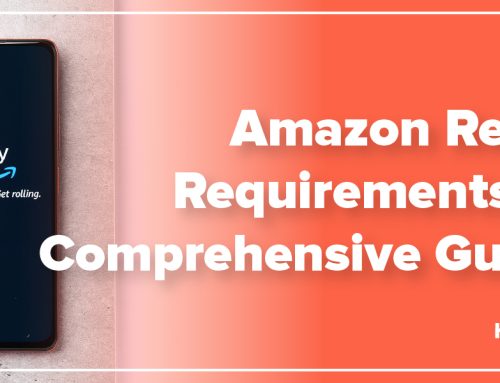After a year long hiatus due to strict regulations, Uber and Lyft are now operational again in Austin, TX.
Upon new regulations, the state of Texas now has the ability to regulate the companies, and not the municipalities. The city of Austin will not be allowed to require its own local rates, taxes, or licensing requirements. HouseBill100 has put ride-hailing regulation under the Texas Department of Regulation instead of local Austin governments.
Drivers are still subject to undergo thorough background checks through Uber and Lyft, but will not be required to submit a fingerprint analysis, which was once necessary before HouseBill100 was recently signed.
Prior to the signing, the extraneous fingerprint scan was ultimately causing a large amount of drivers to pull away from Uber and Lyft. The ridesharing companies decided to opt out of working in Austin because they felt that the fingerprint process was harming creating more of a problem for drivers and slowing down their approval time in order to get on the road.
Uber and Lyft drivers should see a huge benefit from re-entering in the states capital. HyreCar partners in the area should see a large demand for their vehicles as this opens the opportunity for many drivers to get back on the road.






Wonderful post step by step concept are so clear
Awesome post. I am looking for such an informative post for a long time. Thank you for this post
This post on Lyft and Uber was really helpful. Newer to the Round Rock – Austin area in the middle of Covid, and you just don’t know who’s still up and running, especially the ride shares, who we’re having conflicts with the airports nationally, before the pandemic.
Does an UBER/LYFT drive have to inform his auto insurance company that he drives for them?
It is useless to restrict this type of technology based public service features. Countries should more rely and consider the terms to get the proper output from them.
Very informative post. Thank you so much.
Thanks for reading!
Superb. I really enjoyed very much with this article here.
Really it is an amazing article I had ever read.
I hope it will help a lot for all. Thank you so much
for this amazing posts and please keep update like
this excellent article. thank you for sharing such a great blog with us.
expecting for your..car-image-editing
Good details in the Article. Very Informative and Reading experience just WOW.
Check Some of our Real estate photography editing photos
Thank you for taking the time to stop by and read our newest blog! safe driving
I am thoroughly delighted with this article! It is truly remarkable and I am so appreciative to have read it. This article has been immensely beneficial and I am confident it will aid many people. A massive thank you to the author for creating and sharing this article. I look forward to more amazing content from you.
Would mind to check out our Jewelry Photo Retouching Services?
It’s a wonderful post. It’s very conducive for us. Types of posts have been searching by me. An article about post had been red by me some days ago. But article is better than post.